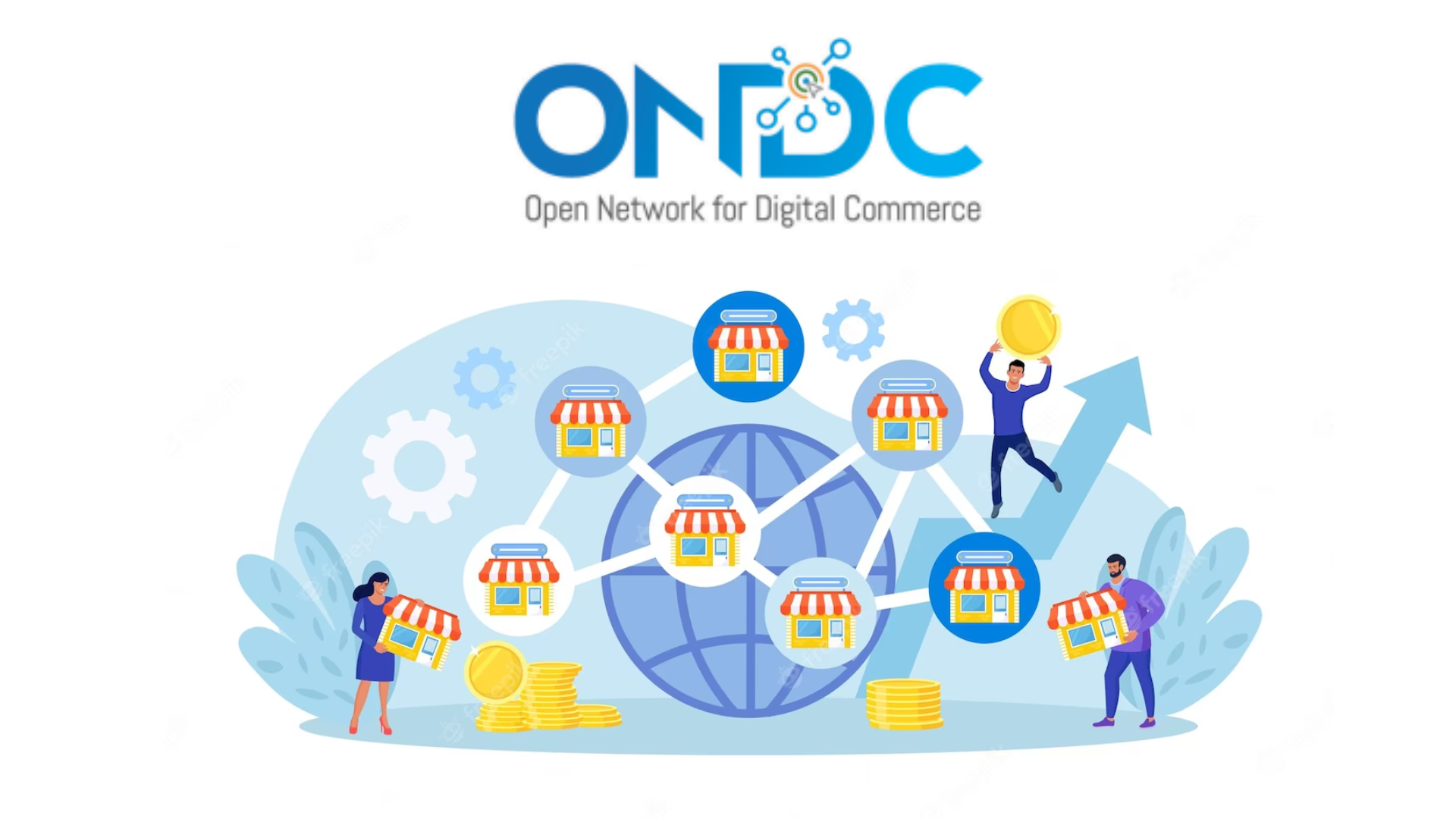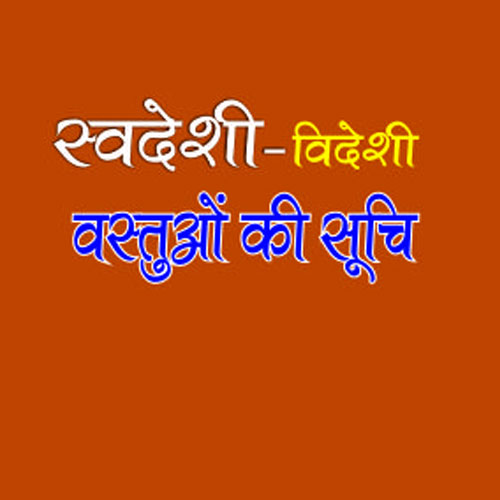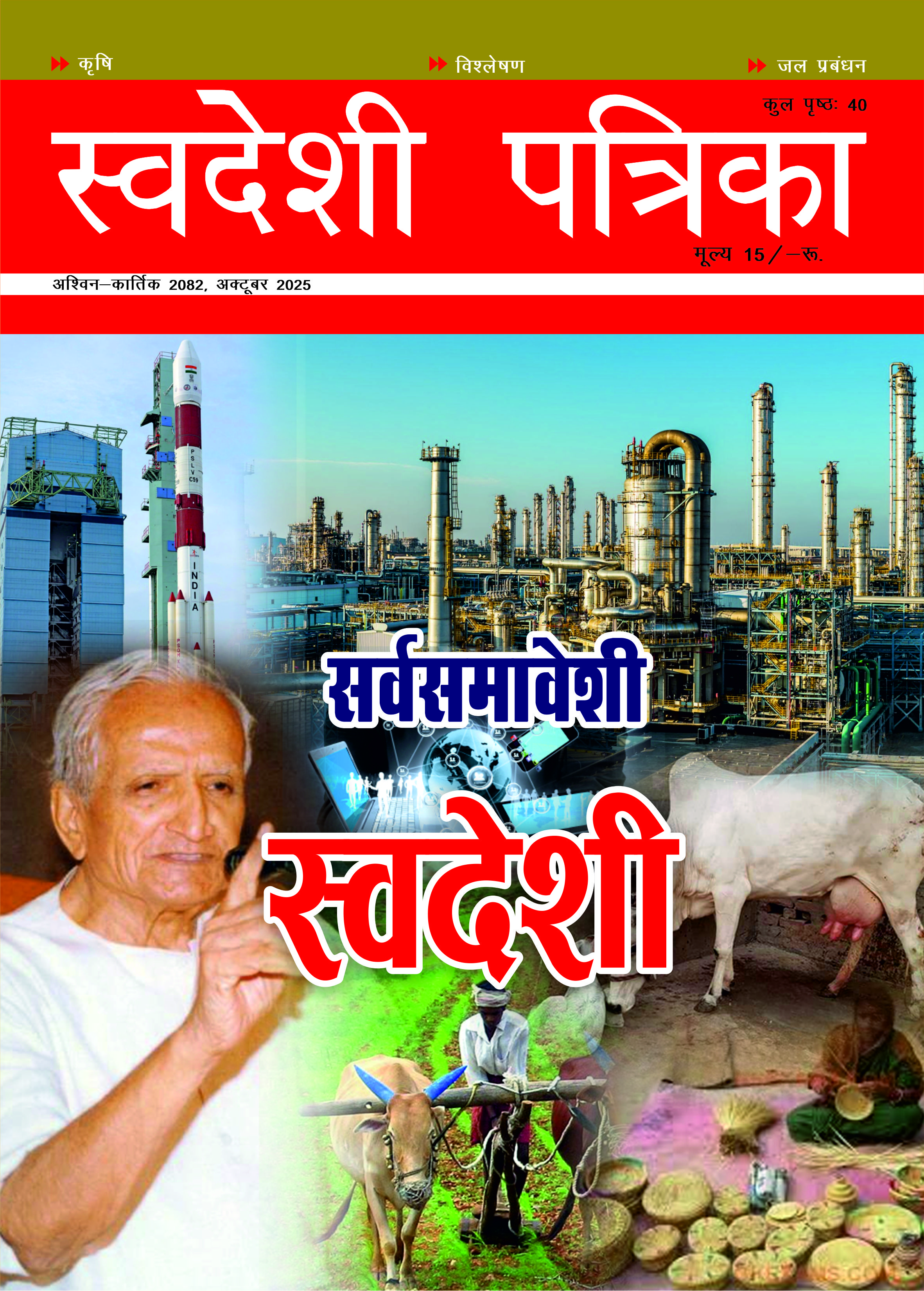
ONDC: A Great Innovation That Needs Better Marketing to Succeed
ONDC, as a powerful tool, could be the UPI of E-Commerce in India. — Annu Kumari
India has become known worldwide for its digital revolutions. Unified Payments Interface (UPI) changed how Indians pay. Aadhaar gave us a new way to prove identity. These are not just technologies—they are part of everyday life for millions. Now, India has another ambitious project: the Open Network for Digital Commerce (ONDC).
ONDC is a powerful idea. It aims to break the dominance of a few e-commerce giants and give small sellers and local businesses a fair chance to sell online. It can be the “UPI of e-commerce.” But there is a catch—most Indians have not even heard of it. Forget Gen Z, even millennials, who live on food delivery apps and online shopping, barely know what ONDC is. This lack of awareness is not about quality or usefulness. It is about poor marketing management. If India wants ONDC to succeed, it must invest as much in communication and branding as it did in building the technology.
What Exactly is ONDC?
Most people assume ONDC is just another app. It is not. It is a digital “network,” like UPI. Just as UPI connects many banks and apps for payments, ONDC connects many apps, sellers, and logistics partners for shopping. For example, if you open Paytm or Magicpin, you can shop through ONDC. A small shopkeeper in Jaipur can sell to a customer in Bengaluru without needing Amazon or Flipkart. Prices may be lower because sellers do not have to pay high commissions to big platforms. Consumers get more choices, and small sellers get fairer access.
This is a remarkable idea. But the problem is—how many people know about it? Very few.
The Awareness Gap
At present, ONDC is like a shop hidden in a corner with no signboard. Some businesses and traders know, but the common customer does not. Why? Because:
- There has been no big public campaign.
- ONDC has not created a cultural identity like UPI.
- Sellers do not know how much it can help them.
- Globally, ONDC is still invisible.
India risks losing a golden chance. We have built something powerful but failed to explain it to the people who need it most.
Why Marketing Matters?
Some people argue that good products sell themselves. That is not true. In today’s world, thebest product does not always win—the best marketed one does.
Marketing is not just about advertising. It is about managing the image, awareness, and understanding of a product. It ensures people know what it is, why they need it, and how to use it. In classic marketing terms, ONDC needs to get its 4 Ps right:
- Product: ONDC must be explained clearly. It is not “another app” but a network. This confusion must end.
- Price: Communicate its cost benefits. For example, food delivery through ONDC can often be cheaper than Swiggy or Zomato.
- Place: Tell people where they can use it—inside apps like Paytm, Meesho, or Magicpin.
- Promotion: Launch big campaigns via TV, social media, and offlineto spread the word.
Without strong promotion, ONDC risks becoming a government project that remains on paper rather than in people’s hands.
Lessons from UPI
UPI succeeded because of three things:
- Simple benefit: “Send money instantly for free.”
- Joint push: Banks, fintech companies, and the government all promoted it together.
- Cultural presence: Ads, cricket matches, celebrity endorsements, and even Bollywood references made it popular.
Today, even a rickshaw driver or street vendor says, “Google Pay kar do.” That is the level of penetration ONDC needs. People should casually say, “Order it on ONDC.”
Connecting with Gen Z and Millennials
ONDC must connect with the two groups that drive India’s digital economy: millennials and Gen Z. Millennials, who are the largest online shoppers, care about convenience and value. ONDC must show them that it can provide the same variety and speed as the established giants, while often being cheaper. Gen Z, on the other hand, is drawn to fairness, inclusivity, and local pride. ONDC is perfectly positioned to appeal to these values because it empowers small sellers, supports “Vocal for Local,” and reduces monopoly control. But these messages have to be communicated through the channels Gen Z actually uses—social media, influencers, and cause-driven campaigns.
Global Recognition: A Missed Opportunity
The lack of global recognition is an even bigger missed opportunity. Just as UPI is now making waves abroad, ONDC could be promoted as a model for open, inclusive commerce. It could inspire other countries to reduce their dependence on global monopolies and empower local sellers. For that, India must showcase ONDC at international conferences, build partnerships with organizations that support small businesses and ensure its story is told in influential global media outlets. At the moment, this international branding effort is almost non-existent.
A Blueprint for Marketing ONDC
ONDC needs a proper marketing management plan. First, it must define its identity in simple terms as people are confused about what it represents. A clear and catchy phrase like “India’s Open Online Market” could go a long way in creating recognition. Second, it must run targeted campaigns. Urban customers must hear about the convenience and lower prices. Small sellers must hear about how ONDC expands their reach. International audiences must hear about India’s leadership in fair digital commerce. Third, partnerships with popular apps are crucial. Every ONDC-powered transaction should clearly display that it is happening “through ONDC,” so the brand itself gains visibility. Fourth, the network must tell human stories. A farmer who earns more, a weaver who reaches new buyers, a small restaurant that survives thanks to ONDC—these are the stories that touch people more than policy documents ever will. And finally, ONDC must go where the people are—malls, festivals, and colleges—with live demos and events where consumers can experience the difference firsthand.
If India does not act now, ONDC could become just another ambitious project that never reaches its potential. Private e-commerce companies will only grow stronger. Small sellers will remain dependent on them. And India will lose the chance to lead the world in digital commerce innovation.
Marketing is not decoration. It is survival. Without it, ONDC may fade into obscurity. With it, ONDC could become as famous and useful as UPI.
Designation: Research Scholar, Guru Gobind Singh Indraprastha University.
Email id: channukumari06@gmail.com


